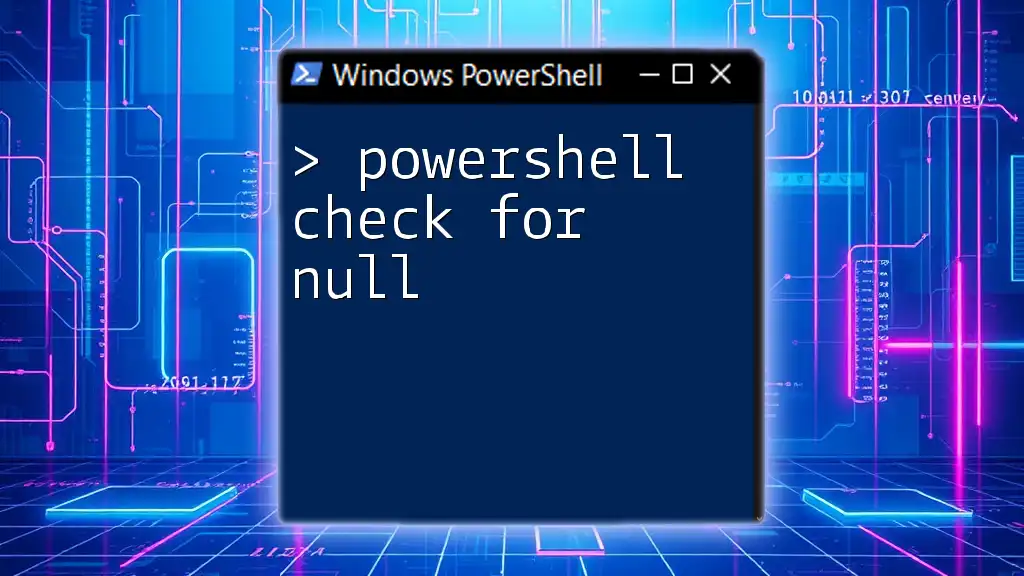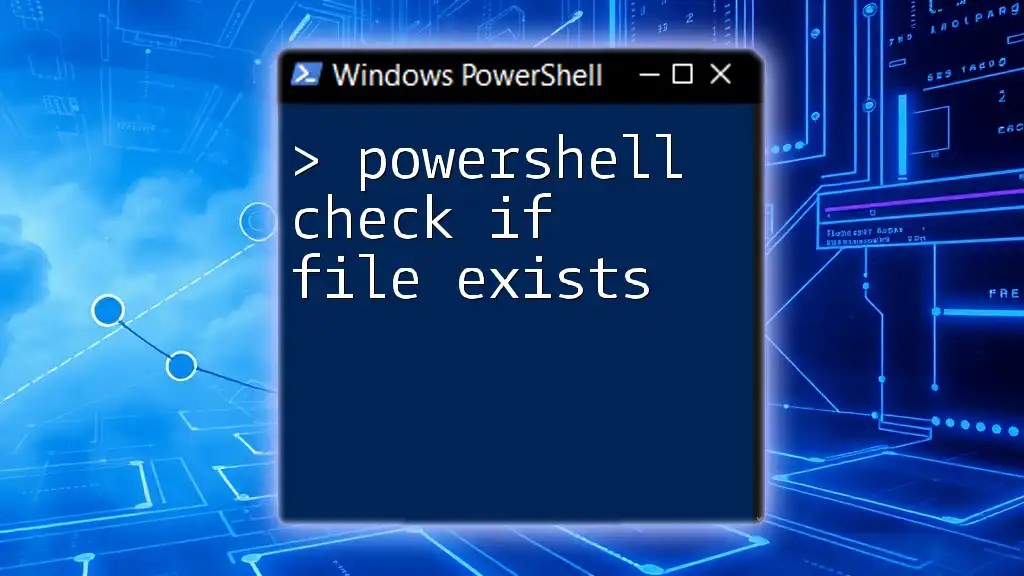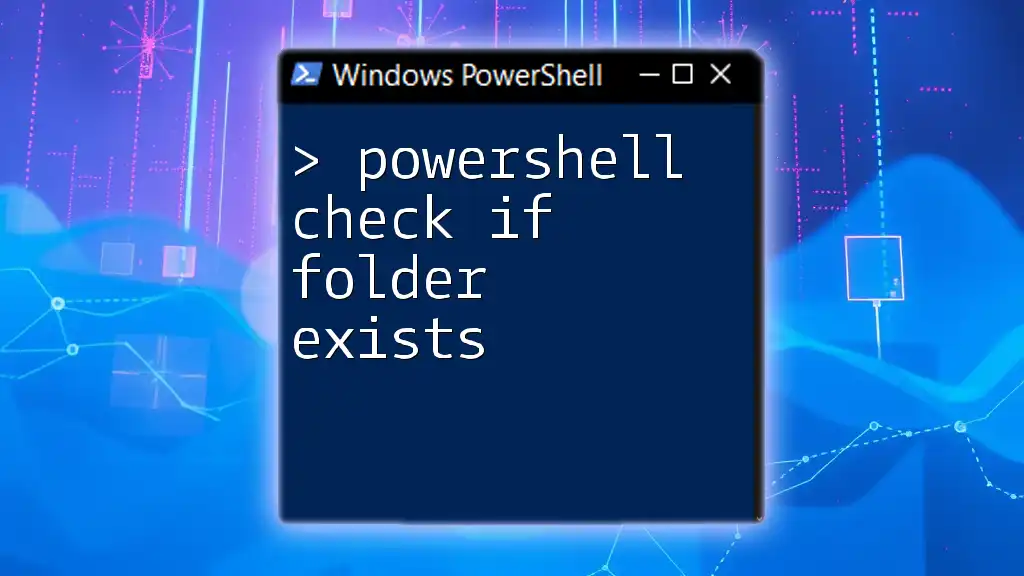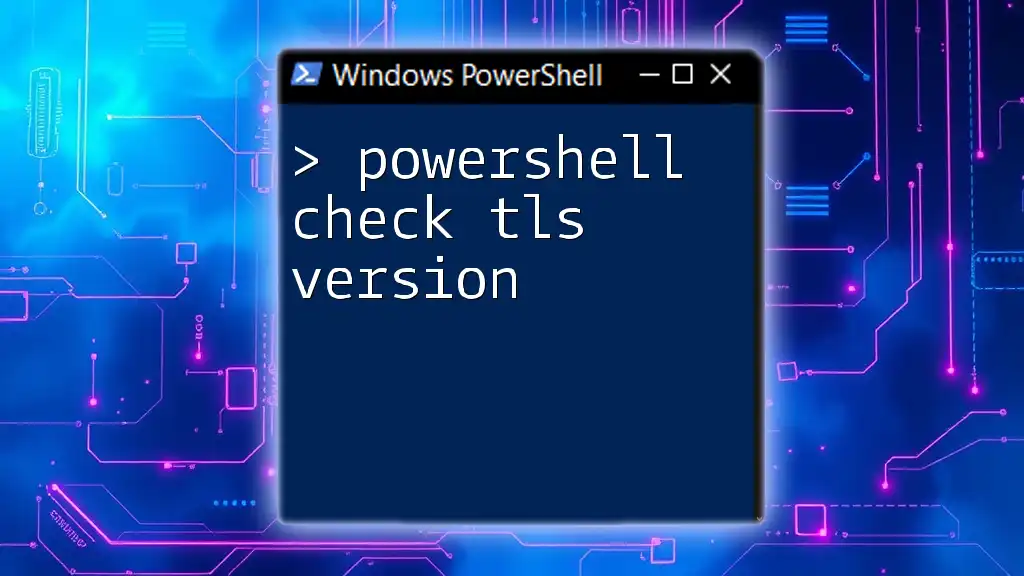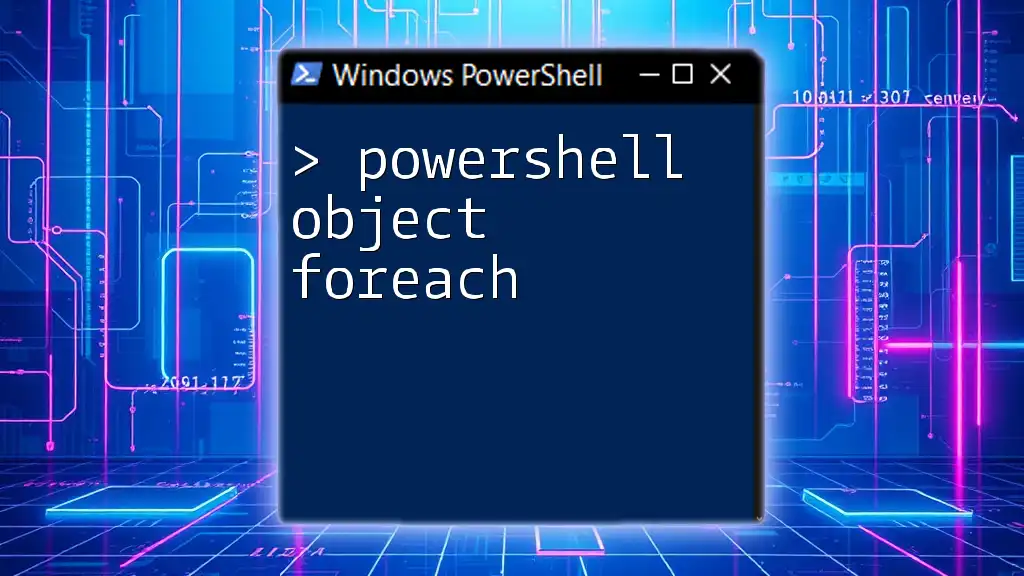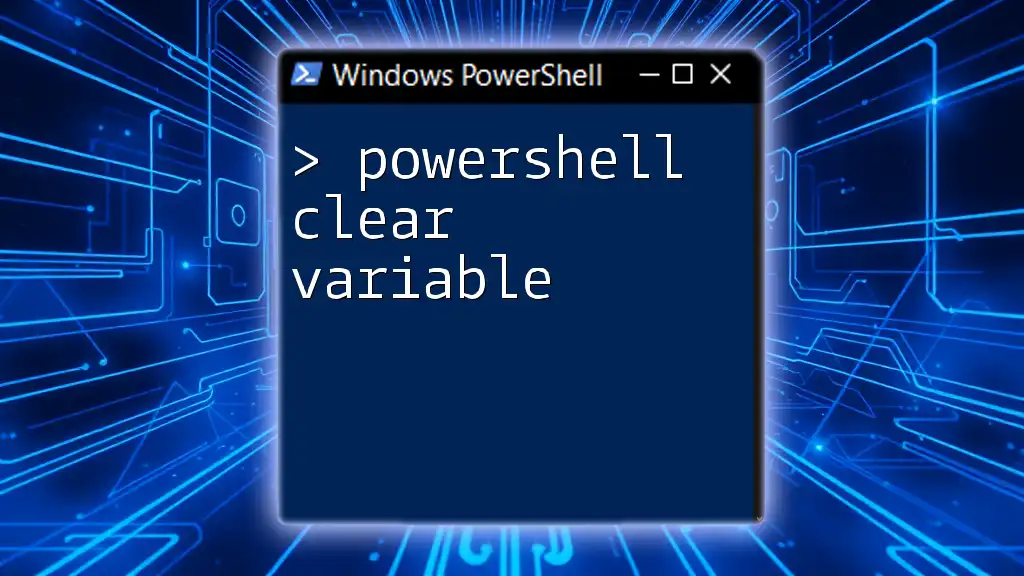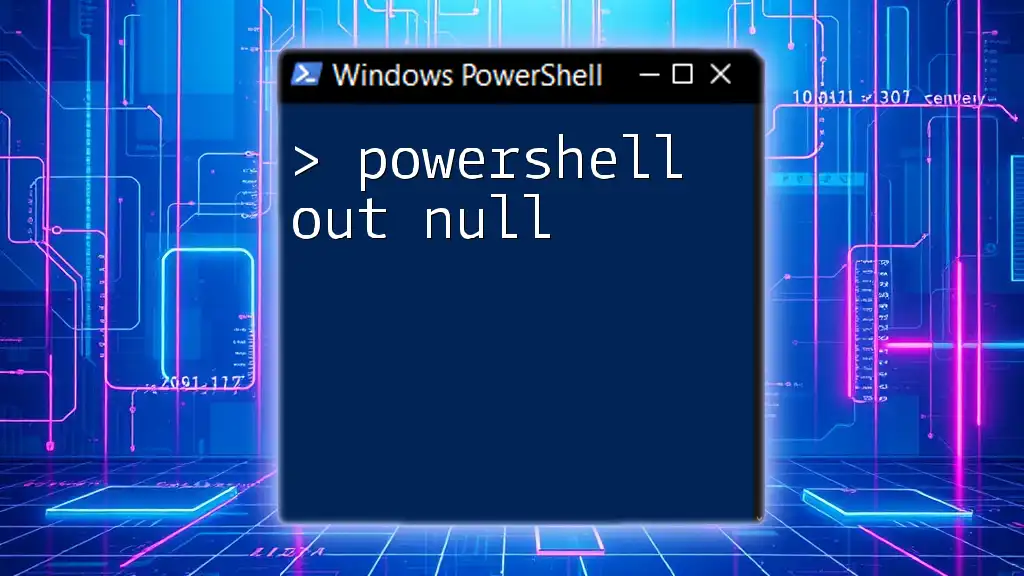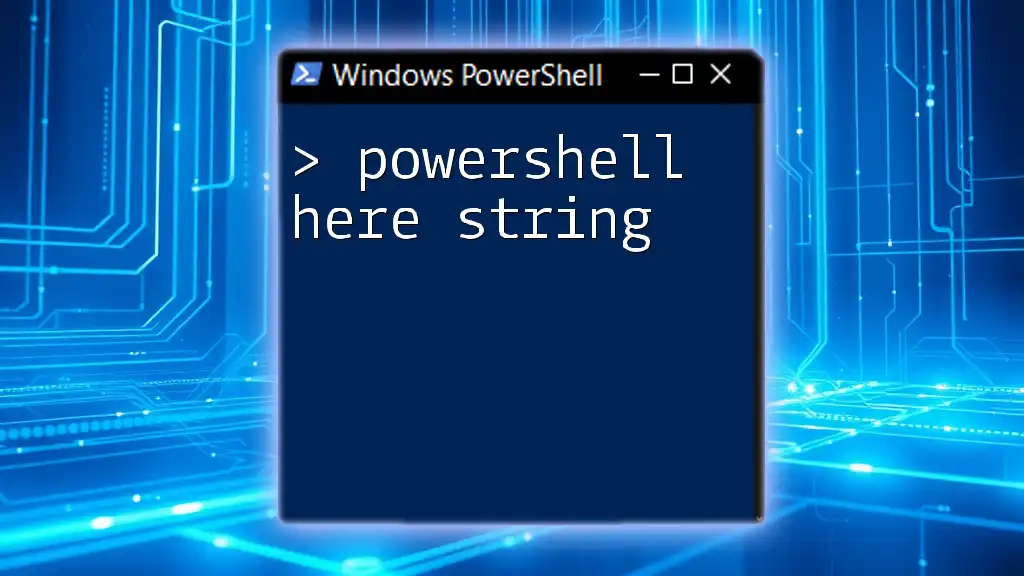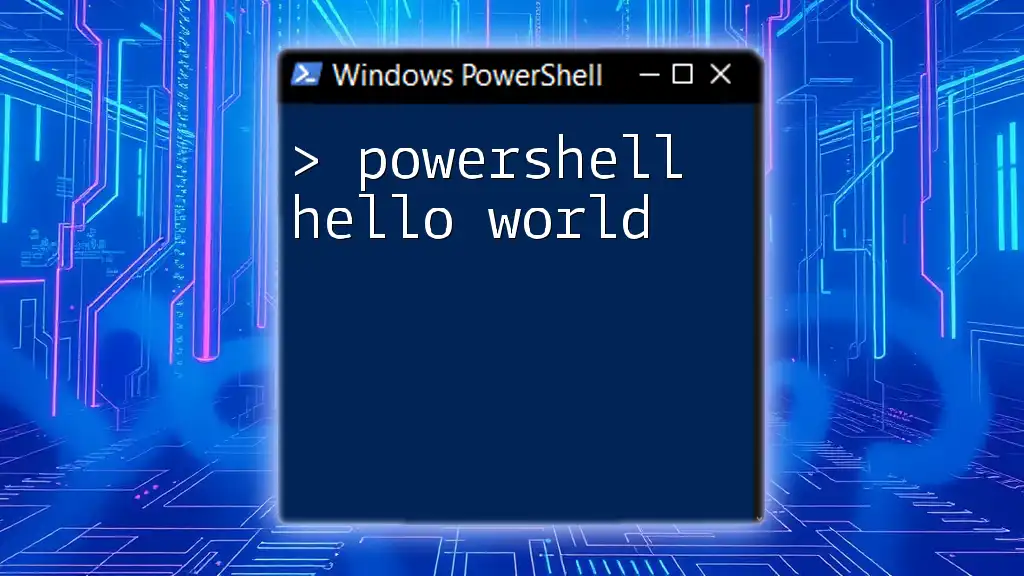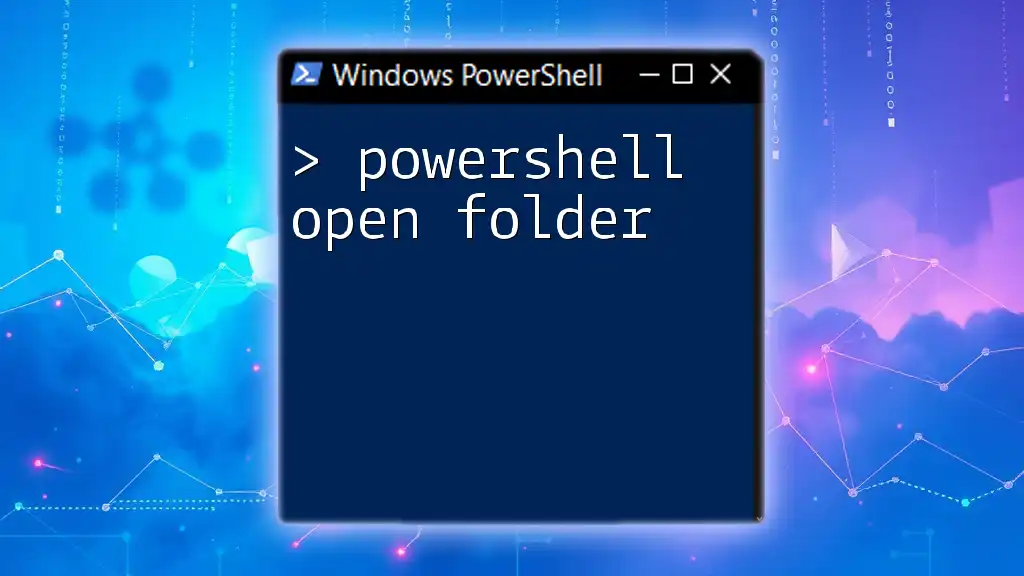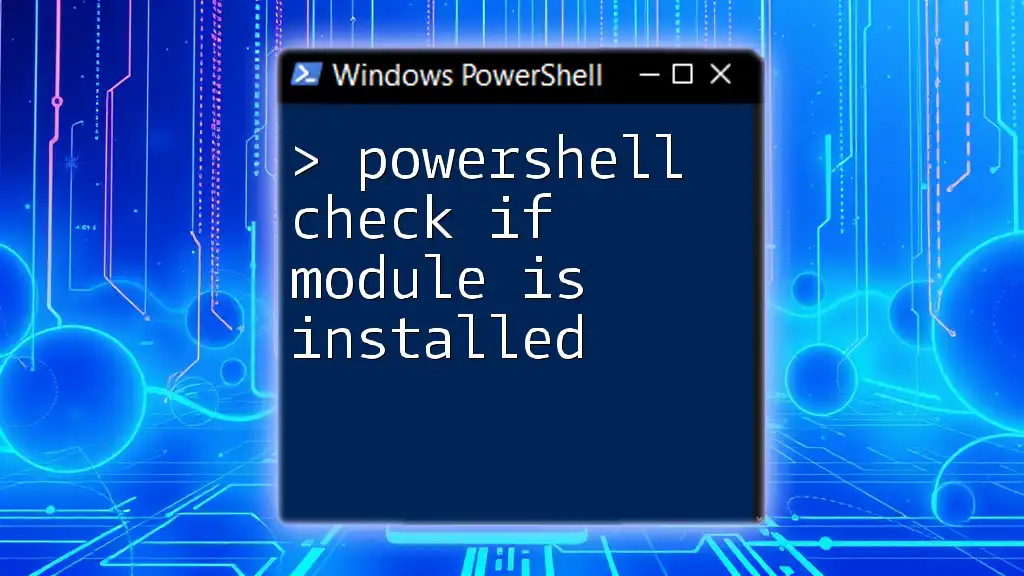In PowerShell, you can check if a variable is null by using the `-eq $null` comparison operator, which allows you to validate the existence of a value before proceeding with further commands.
Here's a code snippet demonstrating how to check for null:
if ($myVariable -eq $null) {
Write-Host 'The variable is null.'
} else {
Write-Host 'The variable has a value.'
}
Understanding Null in PowerShell
In PowerShell, null signifies the absence of a value or an undefined state. This concept is crucial when writing scripts, as it helps you ensure that your variables are correctly initialized and contain valid data before proceeding with operations that depend on them.
Common Use Cases for Null Checks
Checking for null values is essential in various scenarios, such as:
- Validating Input: Ensuring that user input or parameters passed to a script are not null.
- Preventing Errors: Avoiding runtime errors or exceptions caused by operations on null variables.
- Conditional Logic: Adjusting the flow of the script based on the presence or absence of values.
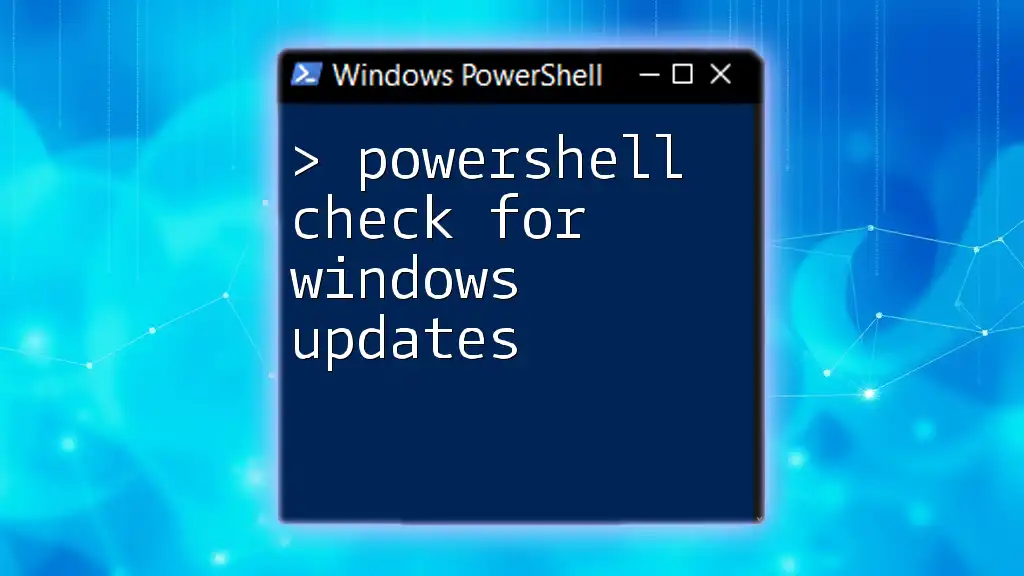
PowerShell Null Checks: The Basics
What is a Null Check?
A null check is a conditional statement that verifies whether a variable holds a null value while allowing you to make informed decisions based on that result. In PowerShell, this can be easily done using `if` statements or methods designed to identify null values.
Common Terms Explained
- Null: Represents no value or an empty state, often used to indicate that a variable hasn’t been initialized.
- Empty vs. Null: While null means "no value," an empty variable can be a string (`""`) with zero length, but still holds a valid type.
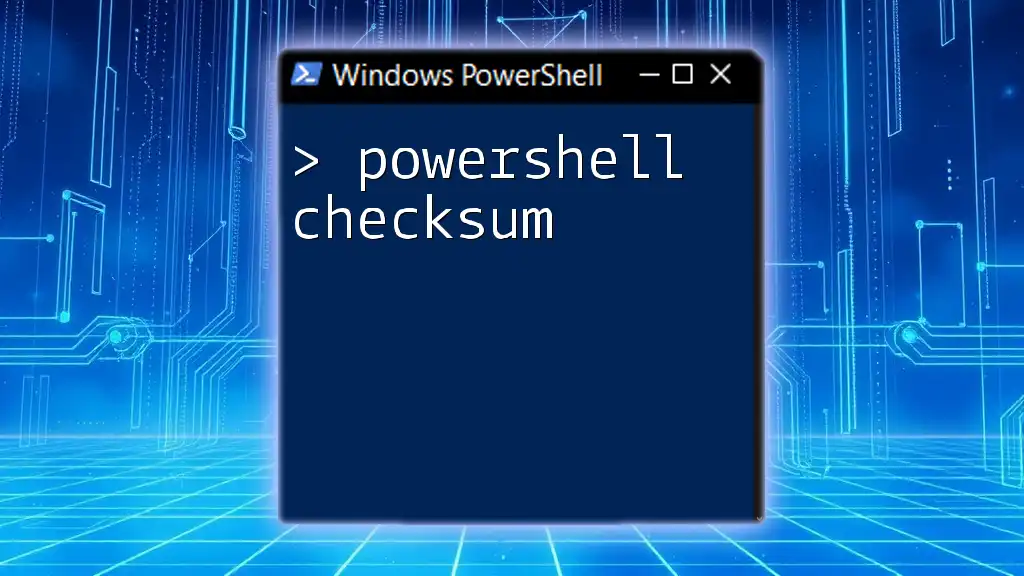
How to Check if a Variable is Null
Using `if` Statements to Identify Null Variables
The most straightforward way to check if a variable is null in PowerShell is by utilizing an `if` statement combined with the equality operator.
Here's an example of how to perform a basic null check:
if ($variable -eq $null) {
Write-Host "The variable is null."
}
In this code, `$variable` is being compared to `$null`. If they are equal, it executes the block that signifies the variable is null.
When to Use This Method
This simple approach is effective when you are dealing with straightforward variables and want a quick check without additional complications.
Using the `IsNull` Method in PowerShell
PowerShell also provides an `IsNull` method for checking null values. This method can be more clear in certain contexts, especially when working with objects.
Here’s how you can use the `IsNull` method:
if ([System.Management.Automation.PSObject]::IsNull($variable)) {
Write-Host "The variable is null (using IsNull)."
}
This code snippet performs a null check using the `IsNull` method, clarifying that the variable’s state is being explicitly evaluated.
When to Use `IsNull`
Consider using `IsNull` in cases where you are working with more complex types, such as objects or when your script’s clarity can benefit from more explicit error handling.

Advanced Null Checks in PowerShell
Checking for Not Null
Knowing how to check if a variable is not null is equally important. This can prevent unnecessary operations or data manipulations when a variable unexpectedly holds no value.
Here's how to determine if a variable is not null:
if ($variable -ne $null) {
Write-Host "The variable is not null."
}
In this example, `-ne` stands for "not equal," allowing your code to proceed confidently with operations that assume the variable contains data.
Why Checking for Not Null is Useful
Checking that a variable is not null is essential for ensuring that your script functions correctly. This is particularly useful in conditional processing or when calling methods that require a valid object.
Checking for Empty Variables
In addition to checking for null, it's vital to evaluate whether variables are empty. An empty variable can cause script flow issues or return unexpected results.
You can check for an empty variable using:
if (-not $variable) {
Write-Host "The variable is either null or empty."
}
In this case, the `-not` operator helps determine if the variable contains any value at all. This check is useful when you're uncertain about the variable’s content.
Difference Between Null and Empty Strings
Remember that an empty string (i.e., `""`) is a valid value but indicates no text, while null indicates complete absence. Understanding this distinction is crucial for effective script writing.
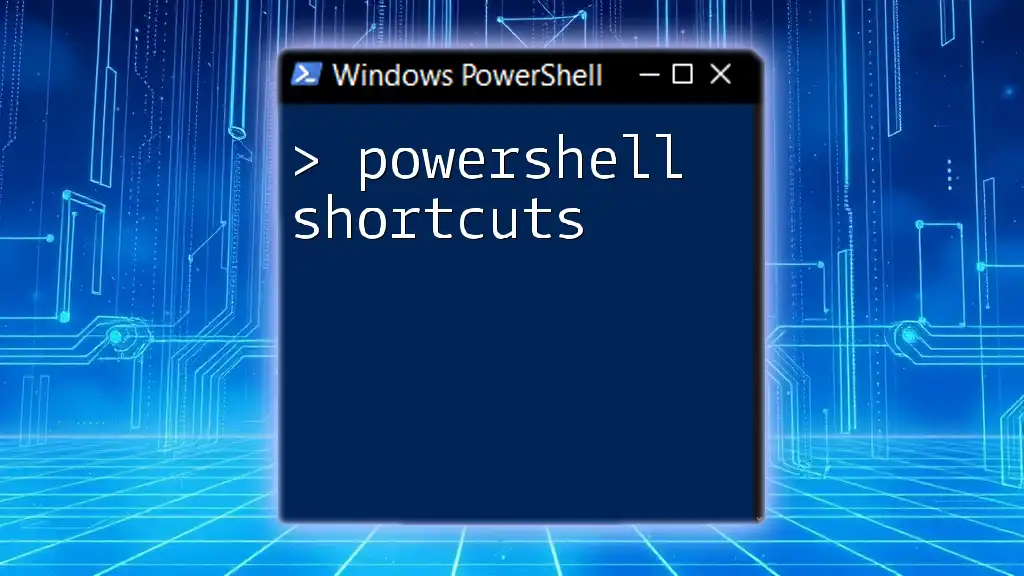
Using Try/Catch for Null Checks
Error handling using Try/Catch blocks is a powerful technique in PowerShell that can help manage exceptions caused by null variables.
Here’s an example implementation of a null check within a Try/Catch structure:
try {
if ($variable -eq $null) {
throw "Variable is null!"
}
} catch {
Write-Host $_
}
This code snippet provides a way to not only check if a variable is null but also handle the error gracefully if it is. It improves the resilience of your scripts by managing potential issues dynamically.
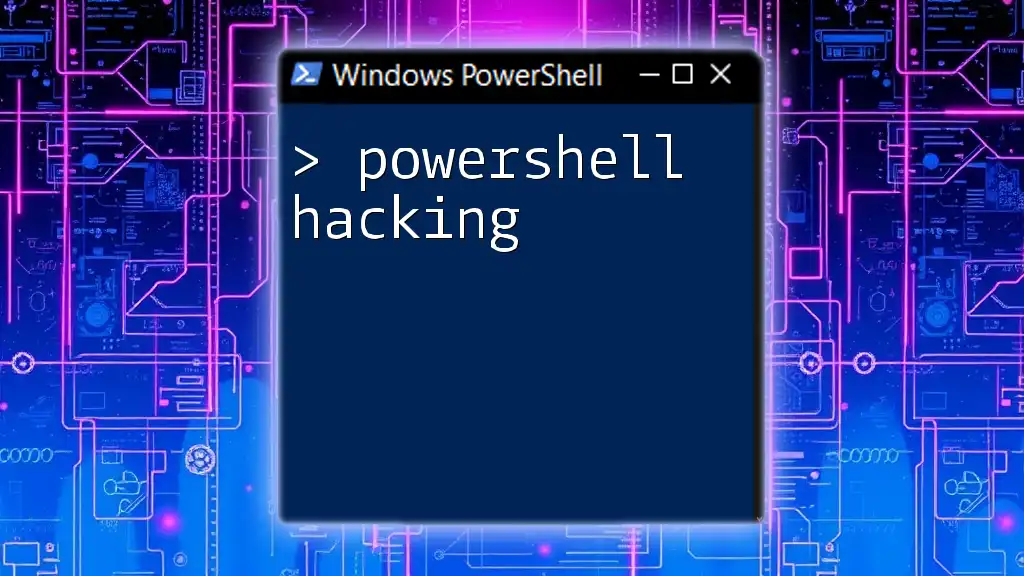
Common Pitfalls to Avoid
When performing null checks, you may encounter common pitfalls:
-
Type Comparisons: Failing to understand that PowerShell is loosely typed. Sometimes, comparisons can yield unexpected results.
-
Unintended Mistakes: Forgetting to initialize variables before performing checks can lead to errors.
Tips for Avoiding Errors
To avoid these pitfalls, ensure that:
- You consistently initialize variables.
- You understand the distinctions between null, empty, and other types like `0` or `false`, which are also falsy in PowerShell.
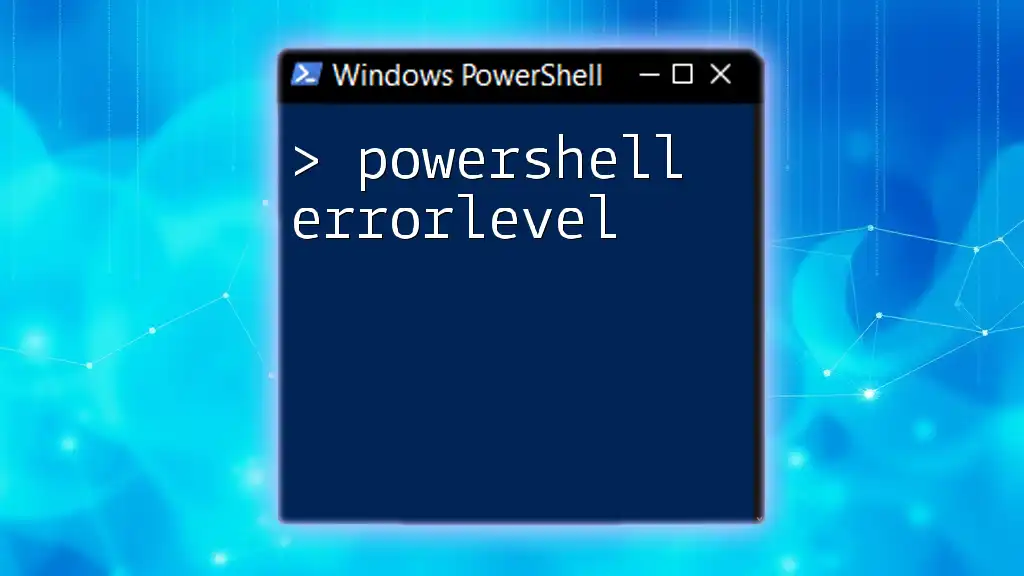
Final Thoughts
Checking for null values in PowerShell is an essential skill for any scripter. By employing checks for both null and empty states, you can significantly improve the robustness and reliability of your scripts.
Recap of Key Points
- There are various methods to evaluate whether a variable is null or not, including simple `if` statements and specialized methods like `IsNull`.
- Understanding the difference between null and empty variables is crucial for effective PowerShell scripting.
- Employing Try/Catch blocks can help handle potential errors gracefully.
Encouragement to Practice
I encourage you to take these examples and practice them in your PowerShell environment. By integrating null checks into your scripting habits, you assure smoother execution and fewer runtime issues.
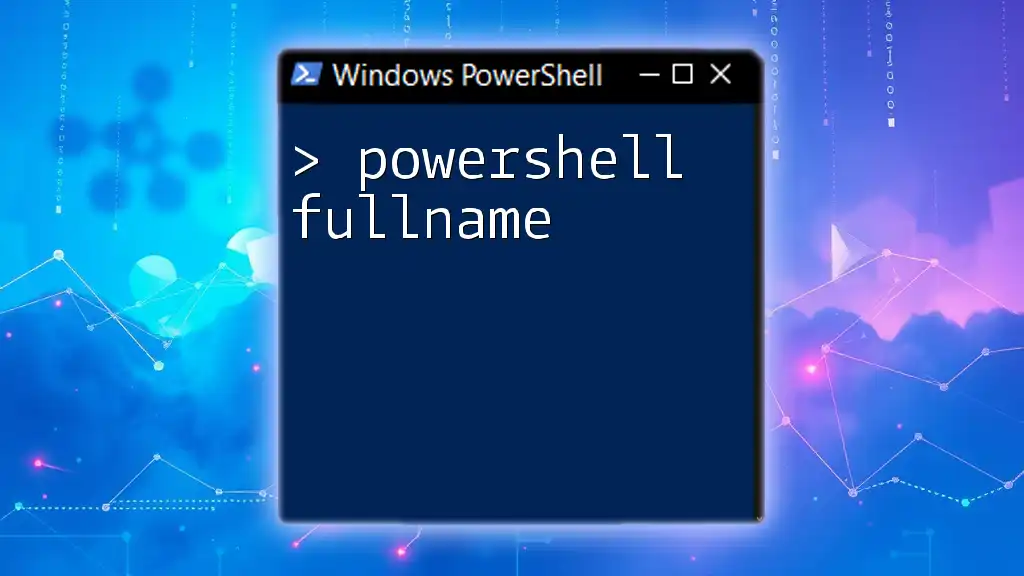
Additional Resources
For further reading, refer to the official PowerShell documentation and community forums where you can learn from experiences shared by other PowerShell users. Engaging with the community can also help you refine your scripting abilities.
FAQ Section
-
What happens if you don't check for null?
Failing to check for null can lead to runtime errors or unexpected behavior in scripts, particularly when trying to access properties or methods on null objects. -
Can I check for null in arrays or collections?
Yes, you can check for nulls in arrays or collections by iterating through the elements and applying the same null checks presented in this guide.

